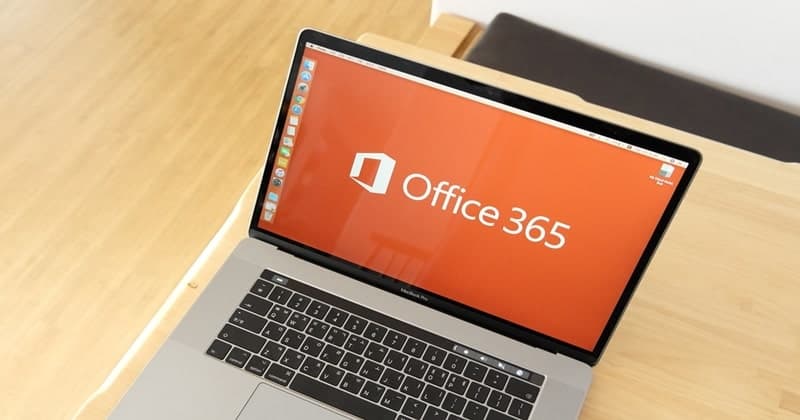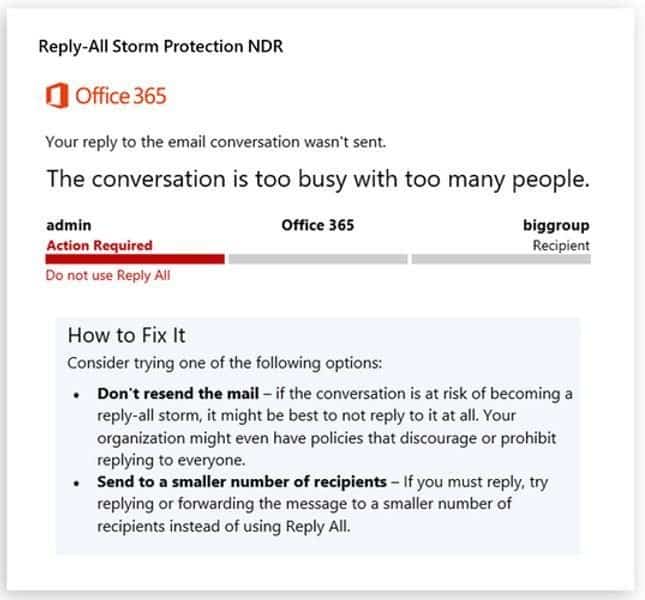Have you ever forget to add BCCs in your mailing list, and realized tens, of not hundreds of irrelevant people replying to the thread thereafter? This happens often with large organizations, and in thousands of numbers. So, Microsoft has now introduced a new feature, calling as Reply All Storm Protection, to minimize, or rather avoid this.
Detect and Prevent
Under this, the system will detect unusual high replies in a certain span to block further replies. Microsoft said, the feature tracks inputs of at least 10 Reply All hits to over 5,000 recipients in 60 minutes, to flag the activity as a storm and block further Reply All messages to that thread. This block remains active for 4 hours from blocking, giving enough time to explain to others what happened. There are so many incidents of Reply All Storms in the past. The maker, Microsoft itself faced a situation called Bedlam DL3 in 1997, where over 25,000 people in the distribution list have replied to a thread with 15,000,000 emails with 195GB data! There’s even a recent incident again in Microsoft in March, causing the systems to shut down in 30mins to stop the flood. Incidents with GitHub last year had triggering thousands of Microsoft employees too. All these experiences pushed Microsoft to focus on something that can detect such storms a little earlier than happening, and prevent. Thus, Reply All Storm Protection. This is available for Microsoft Exchange Servers and Office 365, and even the in-house Microsoft employees are using this for a while and resulted usefully. The maker also said it will be considering future feedback and usage telemetry to polish this feature, and certainly add more features like admin customizable thresholds, block duration, etc. The recipients after being blocked to participate in the thread will be shown an NDR, asking to send only to few relevant participants instead of using Reply All. Source: Microsoft


